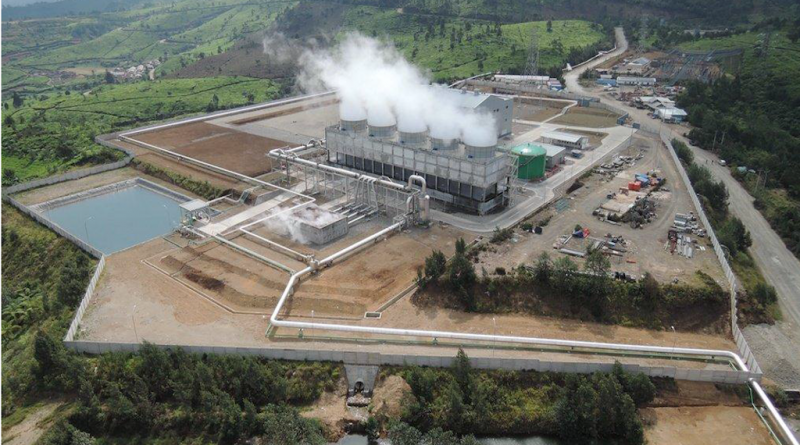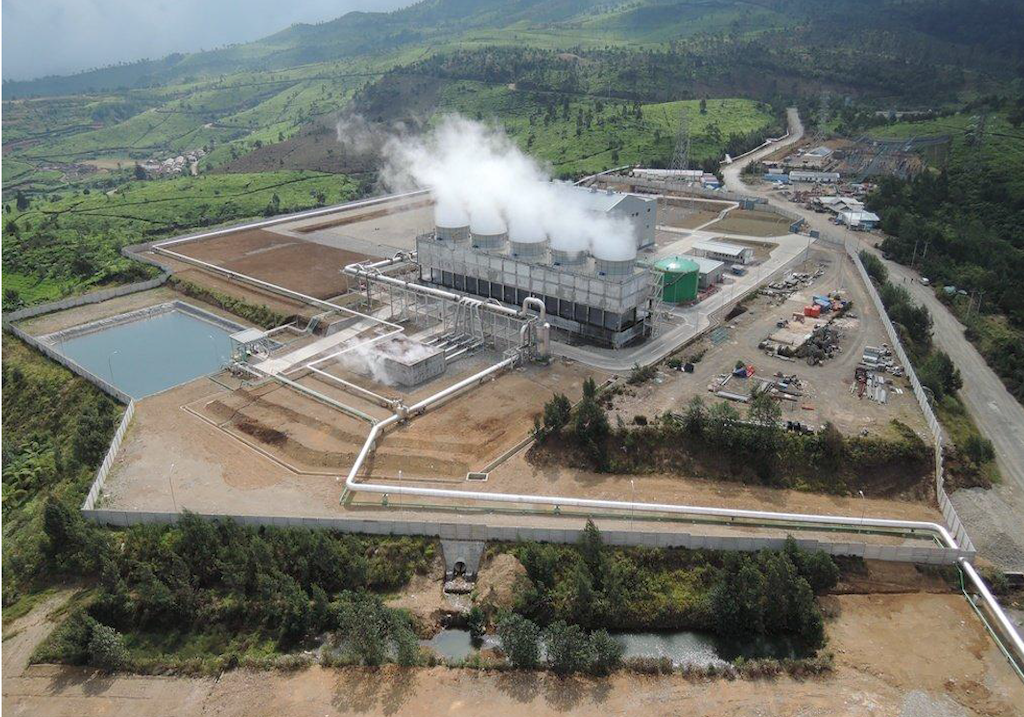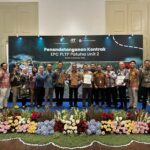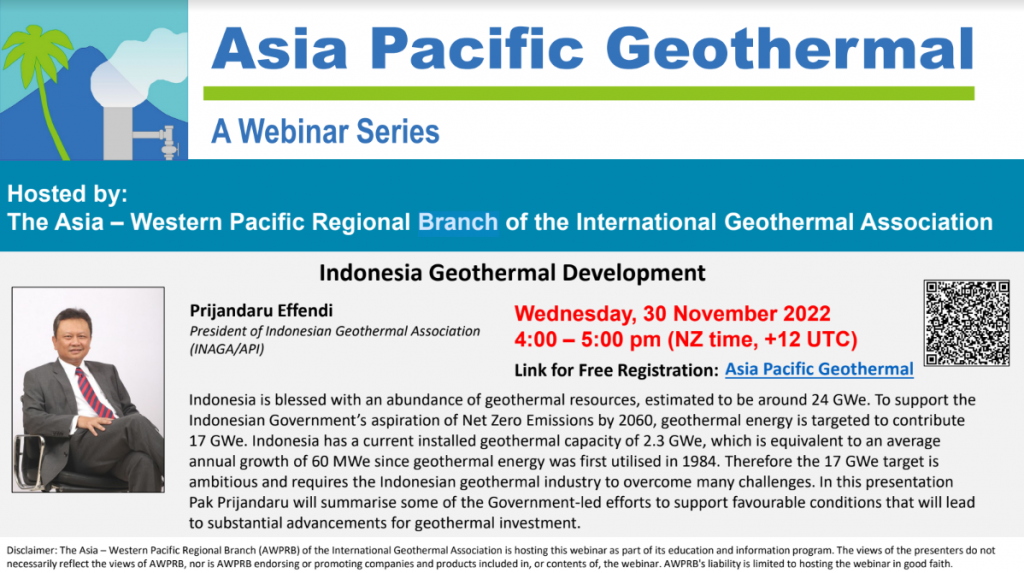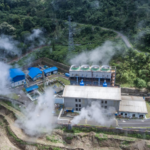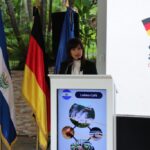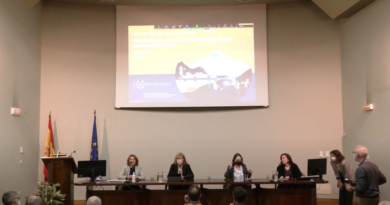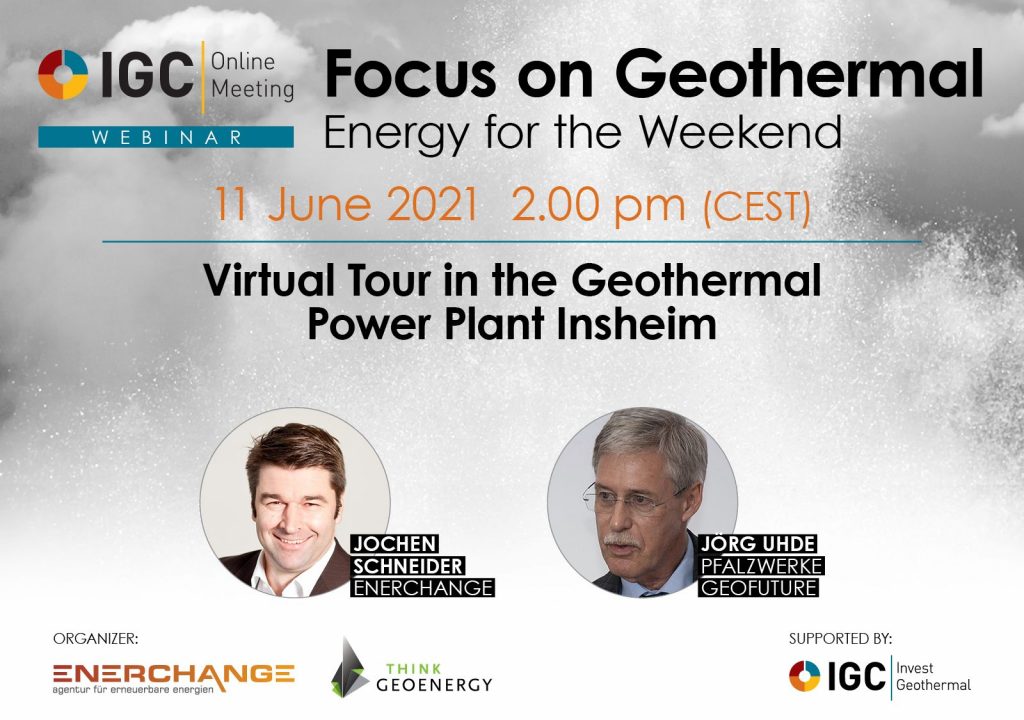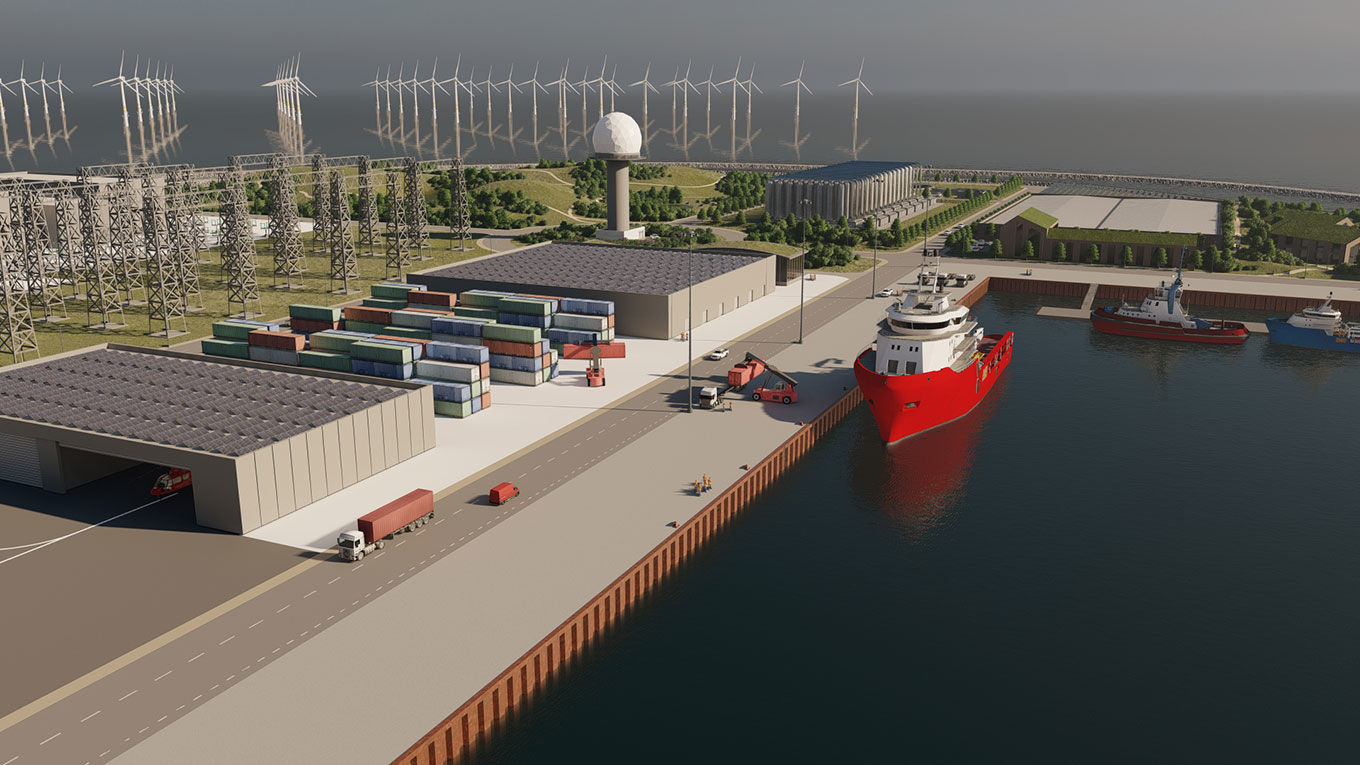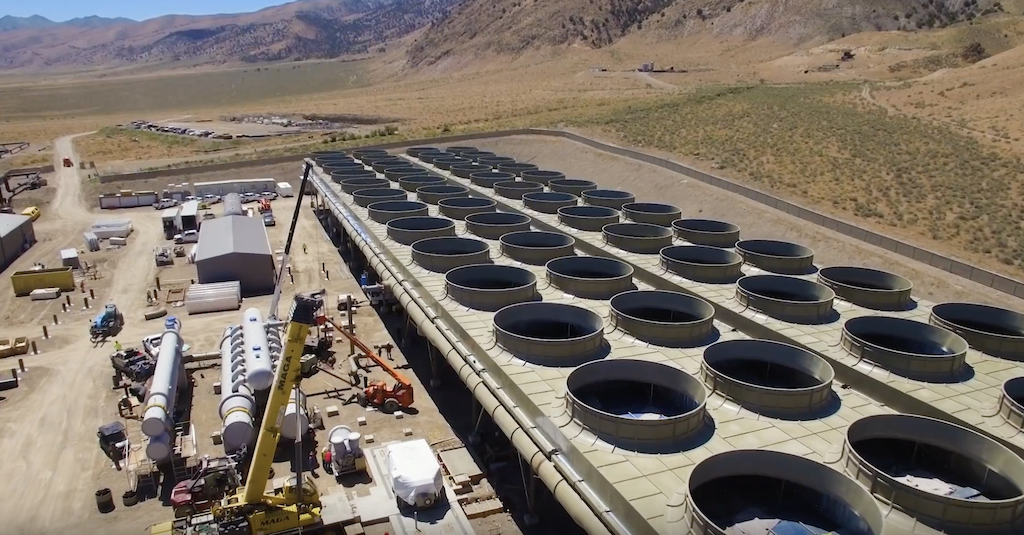What would help push geothermal development in Indonesia? – insights by CEO of PT Geo Dipa Energi
Energy Disrupter
In a recent article, Riki F. Ibrahim, CEO of state-owned PT Geo Dipa Energi shares his views on what would help push geothermal development in Indonesia. Naming an increase of terms for PPAs, externality and manufacturing incentives, but also organisational elements, such as holdings and a regulatory agency.
As part of an article published by Ruang Energi in Indonesia, Riki F. Ibrahim, CEO of PT Geo Dipa Energi gave an insight into his views on what could help Indonesia’s energy security and development of its geothermal resources.
He remarked that energy independence is the ability of the state and nation to take advantage of the diversity of natural resource potentials and local wisdom in a dignified manner.
Meanwhile, energy sovereignty is the right of the state and the nation to independently determine energy management policies in achieving energy security and independence.
According to him, there are several things towards National Energy Security, including: “First, availability, is the availability of energy with indicators of supply sources. Second, affordability, which is the ability to buy, namely purchasing power that is correlated with national per capita income, “he said. “Third, accessibility, is access for energy users to move life and the wheels of the economy. Fourth, Sustainability, is energy sustainability that lasts for the long term, ”he added.
Riki revealed, there are several recommendations so that the use of EBT in Indonesia, especially PLTP (geothermal) development, becomes more attractive to investors.
“First, the current 30-year PPA Contract duration should be extended to 60 years (Long Run Margin Cost / LRMC) so that the project’s economic economic price can decrease,” he added.
Second, additional incentives, he said, required externality incentives covering pollution and the environment, global + public health (CO2 emissions), and infrastructure development which contained fiscal incentives for Renewable Energy or RE developers (non-partial policy packages) for externalities and others amounting to 2 -4 cents per kWh for a maximum of 8-10 years.
“Third, Manufacturing Incentives, according to him, an incentive is needed to invite generator / turbine manufacturers to Indonesia, such as in Turkey (1-2 cent per kWh for 5-8 years),” he explained.
According to him, the Turkish Government continues to take progressive steps by extending the period of tariff incentives for renewable energy, including geothermal energy of US $ 0.105 / kWh and a bonus payment of US $ 0.027 / kWh for the use of equipment made in Turkey.
Fourth, the Cascade Mechanism, he said, the Trif Fit model is not for RE projects above 5 MW, but follows the Cascade mechanism with no impact on the economics of IRR and NVP.
“Fifth, there is no price escalation, he explained, the determination of prices, namely the open book mechanism; LCE calculations; Input exploration results into the LCE to get the price; The maximum limit (Celling) price / curve is known in advance, “he added.
Establishment of EBT BUMN Holding
Riki explained that the Government’s plan to hold EBT SOEs, especially in the Geothermal sector, is a positive step, because it can bring considerable benefits in increasing the use of EBT in the country.
“First, it is based on risk sharing with the intention that the fulfilment of ET through Holding will not be limited to meeting demand with PLN, Pertamina & GeoDipa on an ongoing basis, including in the creation of demand in new economic areas,” he said.
Second, the National Electricity General Plan (RUKN), which so far has only been based on Demand Growth, is expanded to include the potential for Demand Creation to encourage regional economic growth through investment in holding (which is PLN, healthy with Holding, especially for development New Renewable Energy potential, especially Geothermal);
“In the Electricity sector, there is always a polemic whether electricity is built in accordance with demand growth or electricity as an infrastructure that actually needs to be built in order for economic growth to occur (demand creation) in related areas,” he explained.
Third, Demand Growth which has been an obstacle so far can be changed through the opportunity to hold SOEs (Pertamina, PLN and GeoDipa).
“Demand Growth can be handled through jointly healthy PLN investment in Holding to encourage the growth of New Economic Zones according to the program that has been prepared by the Government, c.q the Ministry of Industry and the Ministry of Tourism and others,” he said.
With the implementation of Geothermal Holding, PLN will be healthy; Development Synergy and RE business, and; Risk sharing between PLN and BUMN in the Holding container.
Tariff Determination
Riki revealed that the tariff de-politicization effort does not violate Law number 30 of 2009 concerning Electricity which states that electricity rates are set by the government (Article 34).
“For this reason, the tariff determination process needs to be carried out independently and transparently, as well as following sound economic principles,” he explained.
Furthermore, it is carried out by an agency whose independence is guaranteed in carrying out its duties.
Then, he continued, the results of the agency’s calculations, are the prices that are believed to be the optimal value for development and operation, as well as a healthy, efficient and sustainable power sector service. So that it can be used as a reference in determining electricity rates by the government according to the law.
“Then, if the government according to the policy must set tariffs other than those determined by the agency, among others, to provide subsidies for underprivileged customers and / or provide incentives in order to encourage efficiency and utilization of EBT, then the difference in the calculation between the rates from the agency and those set by the government. it is the government’s responsibility which is carried out in a transparent manner, “he said.
Price Regulatory Agency
Riki also recommended that a Price Regulation Agency be formed, which one of the tasks is to calculate tariffs and calculate the BPP (Cost of Production) and Service Quality in each electricity system, both large systems such as in Java and small systems on the island. – remote island.
“Electricity consumers need to obtain protection regarding service quality which can technically be implemented for each electricity system,” he said.
Furthermore, the Price Regulation Agency can be implanted in the Directorate General of Electricity, but hierarchically it is not under the Ministry of Energy and Mineral Resources.
“The Ministry of Energy and Mineral Resources is only a facilitator and provides funding to agencies,” he added.
Provision of agency funding can also be considered coming from stakeholders (PLN, IPP Association, and others). electricity for payroll and agency operations. The body is filled by professionals in the electricity business-related fields.
Furthermore, the Price Regulation Agency can carry out calculations of economical and efficient electricity prices or low electricity prices and still maintain the sustainability of the electricity sector, so the Regulatory Body is given the authority to determine, among others, Generation Capacity Expansion Planning (System Planning by PLN); Capacity Procurement (Capacity Procurement by PLN); and System Operation by PLN Load Management Center (P2B).

